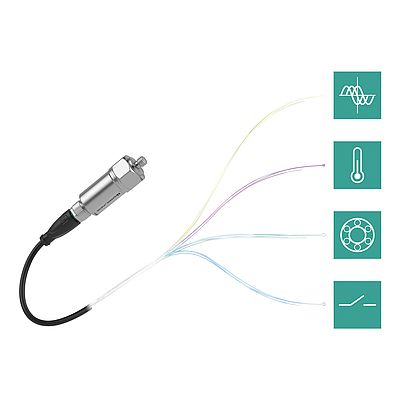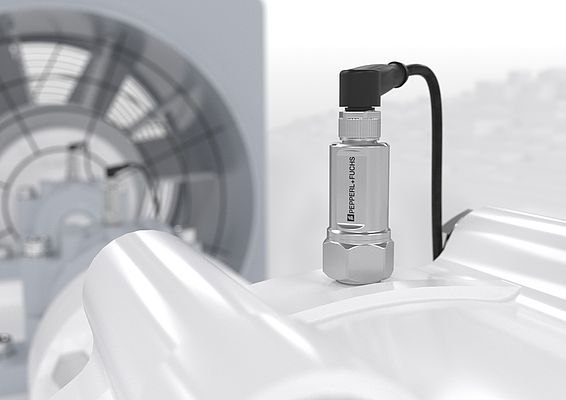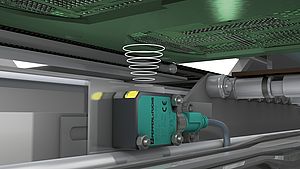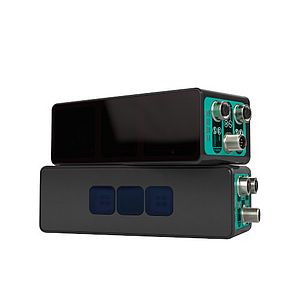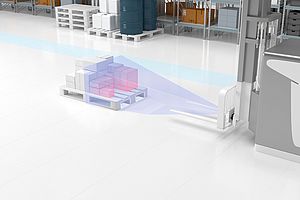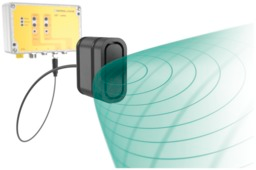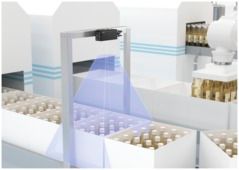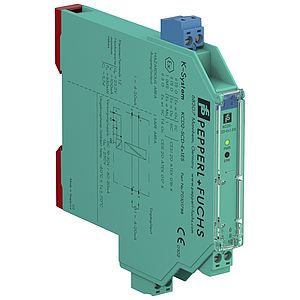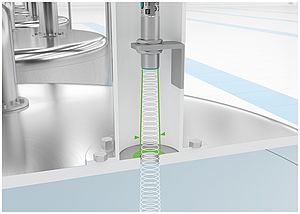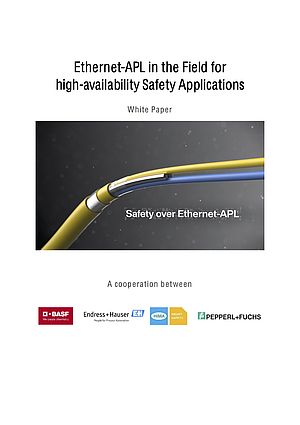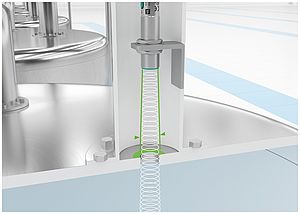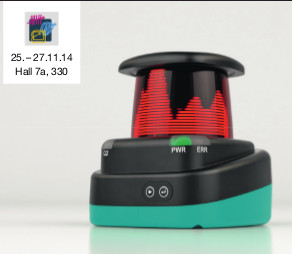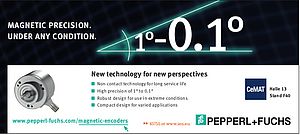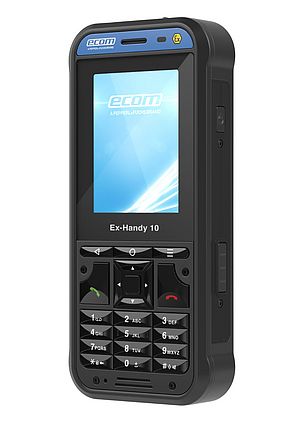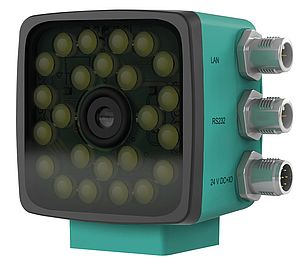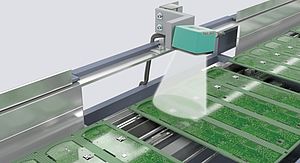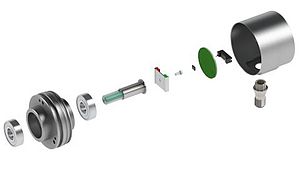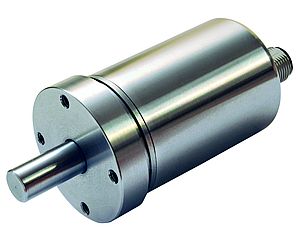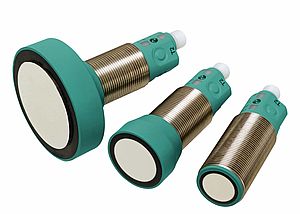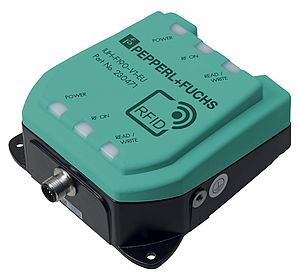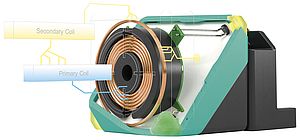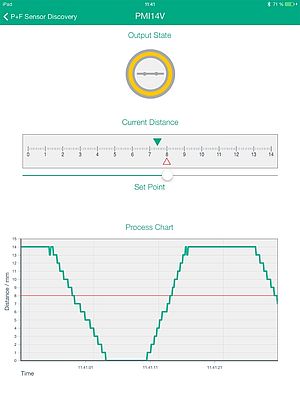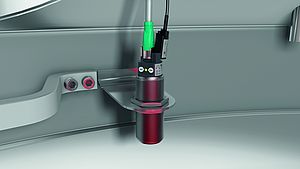Undesirable machine conditions lead to critical downtimes and can even pose a risk to life and health. Pepperl and Fuchs offers fitted vibration sensors for measuring these critical machine conditions and avoiding this situation. Using these vibration sensors makes it easy to assess the machine and allows essential servicing to be planned. The automation specialist offers an especially wide range of products, covering different measuring and frequency ranges, harsh environments with ATEX and safety requirements, and wide temperature ranges as standard. Versions that measure additional data such as temperature and bearing status parameters are also available. This means that users can obtain a wide variety of data with just one device, enabling conditions to be precisely monitored.
Vibration Behavior as an Indicator of Machine Quality
Whenever a machine ceases operation due to unexpected maintenance work and no longer performs its intended function, there are significant costs for the operator. For this reason, downtimes, the resulting economic losses, and the danger to life and health must be avoided as far as possible. To achieve this, the quality of the system must be reliably detected at all times to enable a planned servicing cycle to be initiated in time. The vibration sensors from Pepperl+Fuchs have been specially developed for this application, as they can detect misalignments, installation problems, loose parts, resonances, bearing damage, or imbalances, for example. The sensors work by measuring the vibration behavior of a machine. If predefined thresholds are exceeded, the vibration sensor uses a trend analysis to trigger a pre-alarm and main alarm.
Monitoring the Long-Term Change in Vibration Behavior
A vibration occurs whenever an amplitude value like velocity or acceleration changes cyclically over time. The cyclic change in the amplitude value corresponds to the frequency response, i.e., how the machine is vibrating. For example, this could be caused by an imbalance in a rotating shaft on a gear, which is reflected in the excitation frequency that stimulates the vibration sensor. The vibration sensors in the VIM series provide the measured value in terms of vibration velocity or vibration acceleration in a frequency range of 1 to 1000 Hz. The sensors not only provide the current vibration values, but also provide prefiltered RMS values (root mean square values). This is also referred to as the root mean square value of the amplitude of a vibration which, in simple terms, is understood as the average value. Depending on the frequency range, determining the RMS value can take up to 12 seconds. This average is deliberately formed to avoid the vibration behavior of a machine tipping into critical condition within milliseconds. The main focus is on a long-term trend analysis, meaning that the RMS value of the vibration is the most important value, rather than the current underlying vibration velocity or vibration acceleration values. Short-term changes in amplitude are deliberately filtered out. For example, forklifts traveling in the vicinity of a machine can lead to a change in the vibration value at the sensor, as vibrations are transmitted to the machine via the ground or building. This kind of impact should be filtered out, as to determine the real condition of a machine, only the long-term trend analysis created by forming the RMS value of the measured data is of interest.
A Broad Portfolio for All Circumstances
The Pepperl+Fuchs portfolio offers a variety of ideal solutions for almost every requirement, including versions that meet the needs of functional safety, explosion-protected areas, web-based remote servicing with IO-Link or standard sensors, internationally valid approvals, rugged housing materials for a wide range of applications, or a wide temperature range. In addition, versions for different frequency ranges, measured variables, and measuring ranges are also available.
The portfolio is divided into three designs, each of which offer a wide range of certifications and functions:
• VIM3 series: The smallest, compact VIM3 analog series is suitable for applications up to SIL 1/PL c. The VIM3 series is also available as an IO-Link version.
• VIM6 series: The VIM6 series is especially suitable for high-temperature areas, being capable of withstanding temperatures ranging from -40 °C to +125 °C. The series is also approved for use in hazardous areas up to Zone 1/21.
• VIM8 series: This is the largest series and is approved up to SIL 2/PL d as standard. This version can also be used in Zone 1/21 hazardous areas.
Opening the Door to Digital Condition Monitoring with IO-Link
The VIM3 series is also available with IO-Link communication. This version combines the advantages of the vibration-based description of the machine condition with the advantages of IO-Link. A major advantage of this system is that just one sensor can be used to read out four or even five different types of data. In addition to temperature, the sensor also measures vibration velocity (in mm/s rms), vibration acceleration (in both g rms and g peak), and the bearing status parameter for directly assessing ball bearings. A large number of configurable parameters are also available, allowing the sensor to be optimally adapted to suit the respective application. For example, this could involve the free definition of a switching signal, which can be used in parallel with IO-Link communication to provide a direct trigger for servicing the machine, allowing the entire communication topology to be bypassed. Another option is the implementation of additional counters or time measurements in the sensor to determine how long a machine can be operated above a critical vibration limit. This enables a condition-dependent servicing cycle to be immediately defined at sensor level, meaning costly monitoring of the limits in the machine control system is no longer necessary. In addition, unnecessary machine servicing based on suspicion alone is avoided, once again saving money.
Functional Safety for Protecting Life and Health
Depending on the application, safely operating machines requires the system to be assessed according to the functional safety guidelines. This is the responsibility of the plant operator. Under certain circumstances, an external test facility must certify that the planned plant concept is considered sufficiently safe. This often requires detecting safety-critical conditions because if a rapidly rotating shaft breaks, for example, this can pose a risk to operating personnel. Large, heavy machinery such as centrifuges, pumps, and motors must be additionally protected against excessive vibration to avoid an accident occurring. Wear and friction during operation can cause transmission connections to loosen, fixtures to break, and ball bearings to be destroyed. If this risk is assessed in accordance with the existing standards, the required degree of functional safety can be achieved. This functional safety is a prerequisite for putting the machine into operation. The entire control chain (from the sensor to the control panel and motor) must function reliably. In this context, the VIM3 analog series provides a safety level up to SIL 1/PL c, while the VIM8 series provides up to SIL 2/PL d. From the user's perspective, this significantly reduces the amount of certification required, since the sensor is considered to be sufficiently safe.
Markus Egerer, Product Manager at Pepper+Fuchs


